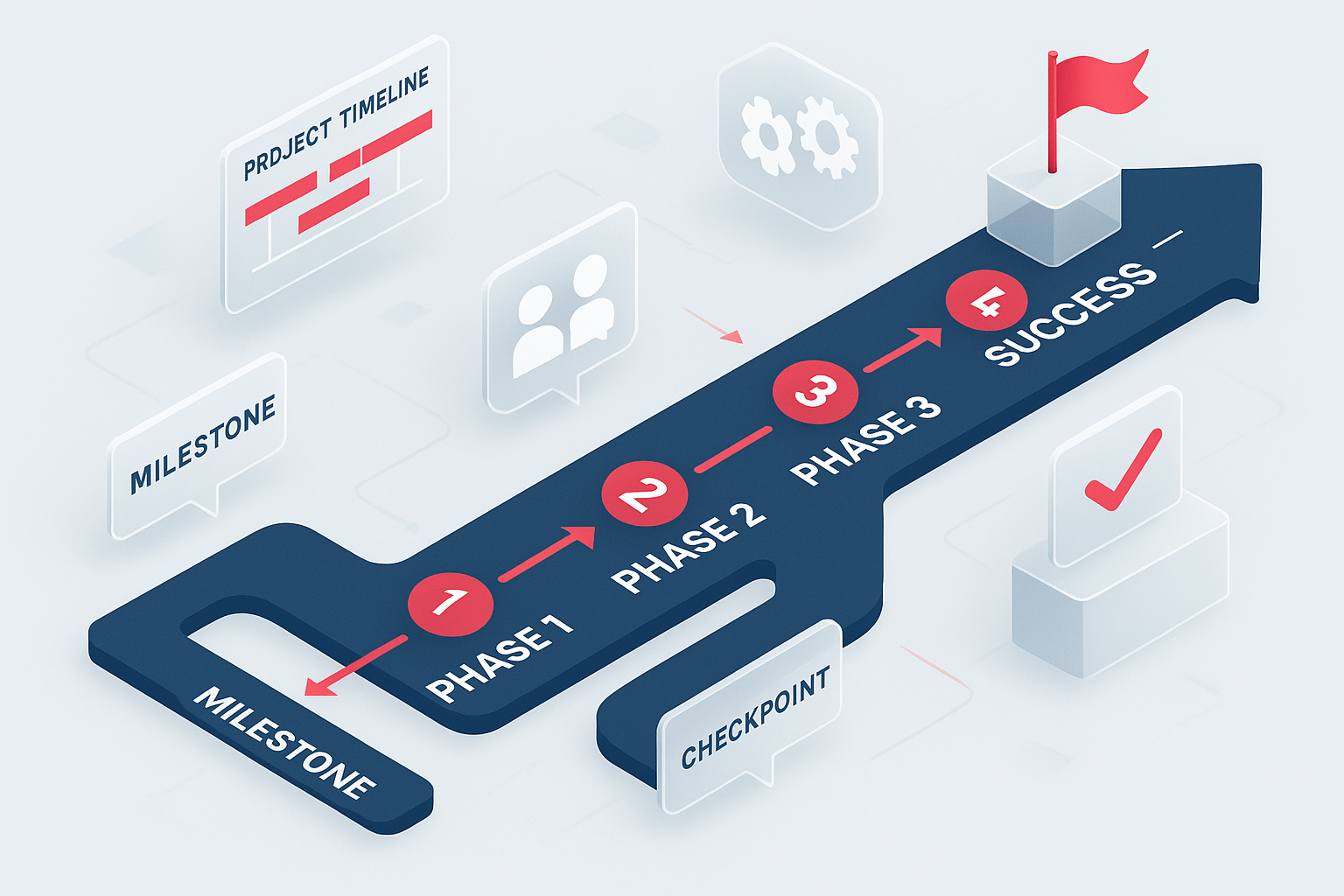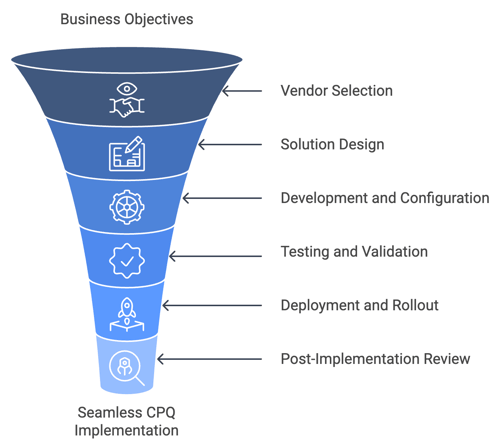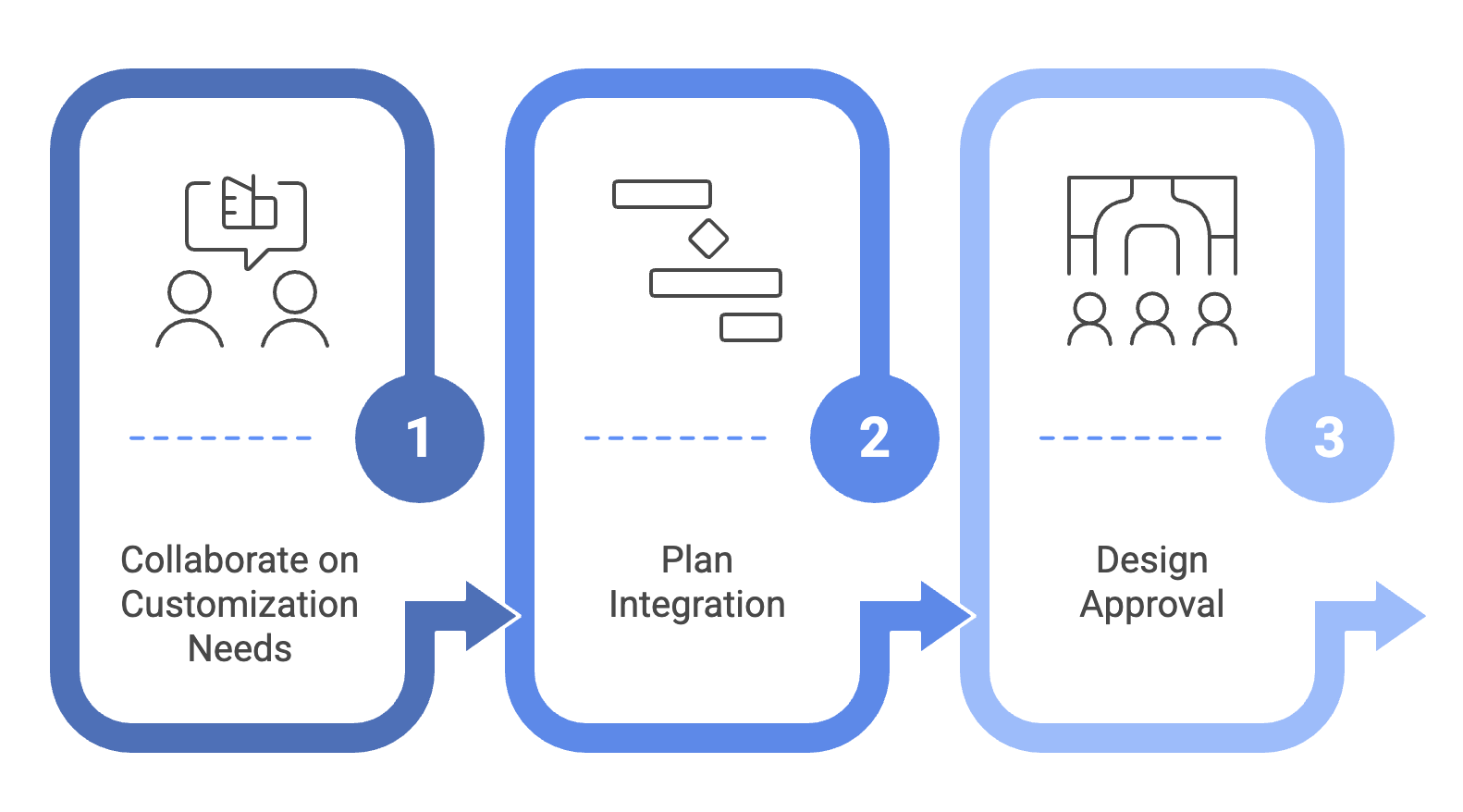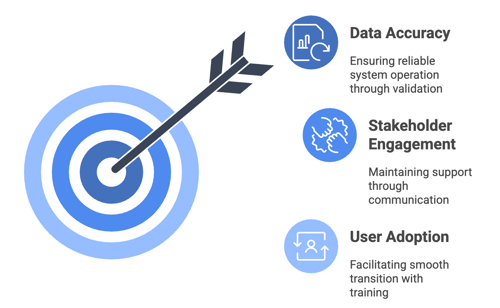How to Implement CPQ Software in 7 Steps: 2025 Guide

If you're considering a CPQ solution to supercharge your sales (quoting) processes, you're in the right place. Implementing CPQ software can transform your sales efficiency and accuracy, but getting it right requires a strategic roadmap. With the 2025 market offering advanced AI-powered platforms and faster implementation timelines than traditional systems, let's dive into a step-by-step guide designed to help decision-makers like you navigate the process smoothly and successfully.
TABLE OVERVIEW
Understanding the CPQ Implementation Roadmap
Phase 1: Assessment and Planning
Phase 4: Development and Configuration
Phase 5: Testing and Validation
Phase 6: Deployment and Rollout
Phase 7: Post-Implementation Review
Best Practices for a Successful Implementation
Understanding CPQ Understanding the CPQ Implementation Roadmap
Why a CPQ Roadmap Matters
Think of the CPQ implementation roadmap as your strategic guide through a complex process. It helps align the solution with your business objectives, manages resources, and sets clear expectations for both you and your chosen provider. Modern CPQ platforms typically deploy in 6-12 weeks compared to 6+ months for legacy systems, making proper planning even more critical for maximizing this accelerated timeline.
Overview of the CPQ Implementation Phases
Here’s how you can break down the CPQ implementation process with a software provider:
-
-
Assessment and Planning
-
Vendor Selection
-
Solution Design
-
Development and Configuration
-
Testing and Validation
-
Deployment and Rollout
-
Post-Implementation Review
-
Each phase is crucial for ensuring that the CPQ solution fits seamlessly into your operations and delivers the expected results.

Phase 1: Assessment and Planning — Setting the Stage for CPQ Success
Define Strategic Goals
What do you want CPQ to do for you? Speed up quotes? Improve pricing accuracy? Deliver a better customer experience? Nail down your goals early — this will guide every decision
Evaluate Your Current Systems
Take a close look at your existing sales processes and technology stack. What’s working, and what’s causing headaches? Identifying these pain points will help you understand how CPQ can address your specific challenges.
Stakeholder Engagement
Involve key stakeholders from sales, IT, finance, and other departments in the planning phase. Their input will be invaluable in selecting a solution that meets diverse needs and ensures broad acceptance across your organization.
Budget and Resource Planning
Determine your budget for the CPQ software and implementation. Consider costs for the software itself, any necessary customization, training, and ongoing support. Plan for resource allocation, including the need for internal team members or external consultants.
Phase 2: Vendor Selection
Key Steps to Make the Best Choice
Start by researching CPQ vendors that align with your needs and budget. Send out a Request for Proposal (RFP) to ensure the vendors can meet your requirements and have the features you need. Evaluate the proposals based on more than just cost — look at scalability, customer support, and request demos to see the solution in action.
Current Market Leaders:
Leading CPQ vendors for 2025 include DealHub (AI-powered with rapid deployment), Oracle CPQ (enterprise-grade with advanced configurability), SAP CPQ (optimal for SAP ecosystem integration), and other specialized solutions. When evaluating vendors, prioritize those offering migration support, AI capabilities, and proven implementation methodologies that align with modern business requirements.
Phase 3: Solution Design
Collaborate on Customization Needs
Work closely with your chosen vendor to design a solution that fits your requirements. This includes configuring product catalogs, pricing rules, and quote templates. Ensure the solution aligns with your business processes and goals.
Integration Planning
Your CPQ solution needs to play nicely with your existing systems. Plan for integrations with your CRM, ERP, and other essential tools. Also, outline a strategy for migrating existing data to the new system to avoid any hiccups.
Design Approval
Review and approve the final design and configuration plans with your vendor. Make sure all stakeholders are on board and that the design meets your needs before moving forward.

Phase 4: Development and Configuration
Vendor Development and Configuration
Work with your vendor to develop and configure the CPQ solution based on the agreed design. This involves setting up custom features, integrations, and user permissions. Oversee the configuration of user roles, workflows, and reporting tools, ensuring data is imported accurately and the system is ready for testing.
Phase 5: Testing and Validation
User Acceptance Testing (UAT)
It’s time for the real-world test. Develop test scenarios that mimic actual usage and gather feedback from end-users. This is your chance to identify any issues and make final tweaks before going live.
Performance Testing
Assess the system’s performance under various loads to ensure it can handle your business needs. Test for scalability to ensure the solution can grow with your organization.
Final Adjustments
Address any issues that arise during testing and make final adjustments. Conduct a thorough review with stakeholders to confirm that the system is ready for deployment.
Phase 6: Deployment and Rollout
Go-Live Strategy
Develop a detailed go-live plan in collaboration with your vendor. This should include timelines, key milestones, and a strategy for user training.
Monitoring and Support
Monitor the system’s performance closely during the initial rollout. Ensure your support team is available to address any issues promptly and provide ongoing assistance to users.
Communication
Keep all stakeholders informed about the go-live process and any changes. Provide clear communication to end-users about what to expect and how to access support if needed.
Phase 7: Post-Implementation Review
Performance Evaluation
After the CPQ system is live, measure its performance against the KPIs you established. Evaluate how well it is meeting your strategic goals and identify any areas for further improvement.
Continuous Improvement
Identify opportunities for enhancements and work with your vendor to implement updates. This will ensure the CPQ solution continues to deliver value and adapts to your evolving needs.
ROI Assessment
Assess the return on investment by comparing the benefits achieved with the costs incurred. Prepare a report that highlights the impact of the CPQ solution on your business.
Best Practices for a Successful Implementation
Prioritize User Adoption
Invest in thorough training and support to facilitate smooth adoption. Implement change management strategies to address any resistance and ensure users are comfortable with the new system.
Maintain Stakeholder Engagement
Keep stakeholders engaged throughout the implementation process. Regular updates and proactive communication will help maintain support and address any concerns.
Focus on Data Accuracy
Ensure data accuracy during the migration process and conduct thorough validation. This will prevent errors and ensure the new system operates reliably.

Conclusion
Successfully implementing a CPQ solution involves more than just choosing the right software, it requires a well-defined roadmap and effective collaboration with your vendor. By following this guide, you can navigate the process with confidence, align the solution with your strategic goals, and achieve the results you're aiming for. The 2025 CPQ landscape offers unprecedented opportunities to implement powerful, AI-enabled solutions quickly and cost-effectively, making this an ideal time to modernize your sales processes.
Want to explore the possibilities with HubSpot, let's connect!
